6 free programs for remote computer control
Simultaneous work on several computers, of which only one is in front of you, and the rest - at least on the other side of the Earth - is not a fantasy. All you need is Internet access and a remote control program on each machine to have this miracle power.
Remote control programs are bridges that connect the PC or mobile gadget in front of you to various computing devices around the world. Of course, if you have a key, that is, a password that allows you to connect to them remotely.
The possibilities of programs of this kind are very wide. This includes access to the contents of disks, and launching installed applications, and changing system settings, and viewing user actions ... In a word, they allow you to do almost everything on a remote PC that is on a local one. Today's article is an overview of six free remote computer control programs based on Windows (and not only), one of which is included with the operating system itself.
If you need to establish a connection between two computers or a PC and a mobile device, one of which (remote) is running Windows, and the second is running Windows, iOS, Android or Mac OS X, sometimes you can do without third-party programs (if the connection involves Windows computers only). The Remote Desktop system application is present in all editions of Windows, starting with XP. It is not necessary that both machines have the same version of the OS, you can easily establish a connection, for example, between Windows 10 and Windows 7.
The Microsoft Remote Desktop app for Android and Apple is available for free download on Google Play and the App Store.
What else is needed to create a connection:
- Remote access permission - configured on the computer that you are going to manage from the outside.
- An account with a password on the remote computer. To solve administrative tasks (installing and uninstalling programs, changing system settings, etc.), you need an account with administrator rights.
- Connecting both machines to the Internet or being on the same local network.
- On the receiving side, open port TCP 3389 (used by default by Remote Desktop).
How to enable permission
This and further instructions are shown using Windows 10 as an example.
- Right-click on the "This PC" icon on the desktop. Let's open "Properties".
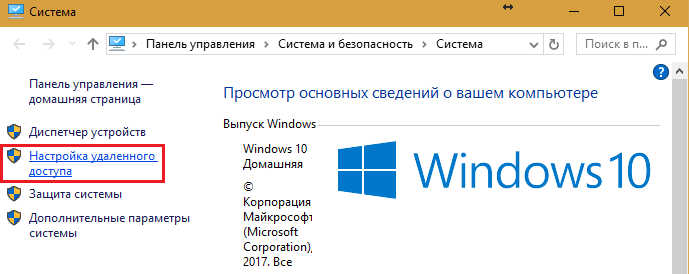
- While in the "System" window, click on the "Remote Access Settings" in the transition bar. In the "Remote Desktop" section of the window, check the box "Allow ..." (it is better to leave the box "Allow connections only with authentication" checked). Then click on "Select Users".
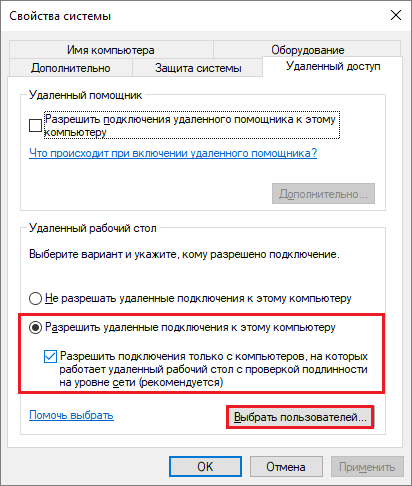
- To add a user who will be allowed to connect to you remotely, click "Add". In the "Enter names" field, enter the name of his account on this computer (do not forget, it must be with a password!), Click "Check Names" and OK.
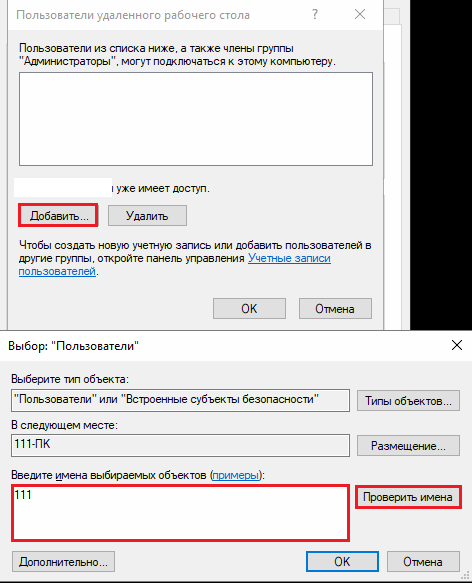
This completes the setup.
How to configure connection settings
We perform the following actions on the computer from which we will make a remote connection.
- Let's click on the search icon in the taskbar and start typing the word "remote". Select from the found "Remote Desktop Connection".
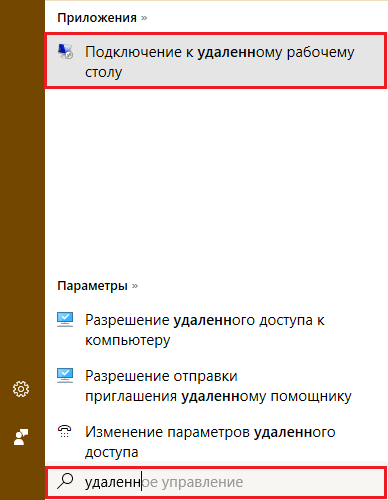
- By default, the application window opens minimized, where there are only fields for entering the computer name and user data. To access all settings, click the Show Options arrow. At the bottom of the first tab - "General", there is a button to save the connection settings to a file. This is useful when you use different settings to connect to different machines.
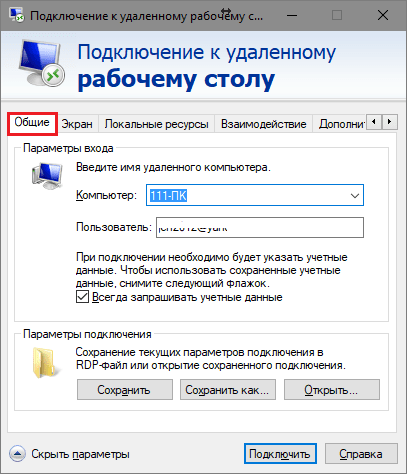
- The next tab - "Screen", allows you to change the image properties of the screen of a remote computer on your monitor. In particular, increase and decrease the resolution, use multiple monitors, change the color depth.
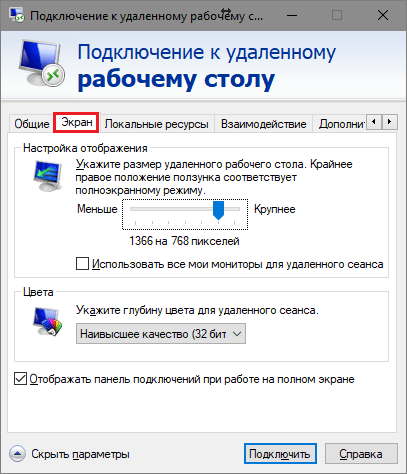
- Next, set up "Local Resources" - sound from a remote computer, conditions for using keyboard shortcuts, access to a remote printer and clipboard.
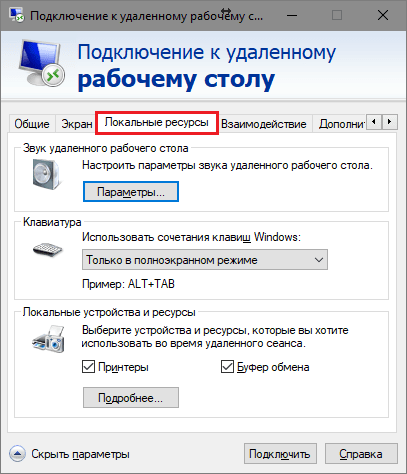
- The options on the Interaction tab affect the connection speed and the quality of displaying a picture from a remote machine on your monitor.
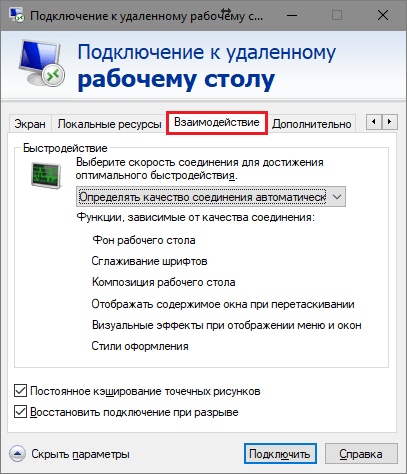
- The "Advanced" tab allows you to define actions in case of unsuccessful authentication of a remote PC, as well as set connection parameters when connecting through a gateway.
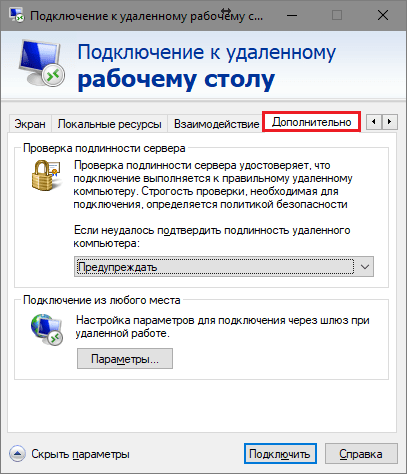
- To start a remote access session, click "Connect" In the next window, enter the password.
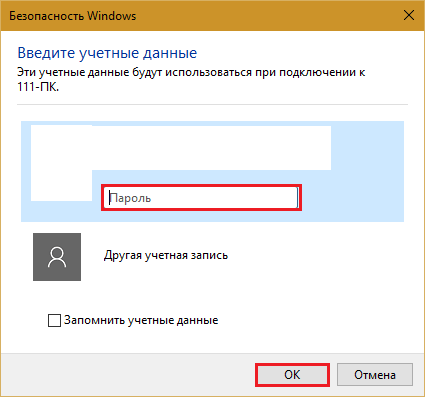
After the connection is established, the session on the computer of the current user will be terminated and control will be transferred to you. The user of the remote PC will not be able to see their desktop as a splash screen will appear instead.
Following this instruction, you can easily connect to a computer that is on the same network as yours. If the devices are connected to different networks, you will have to make a few additional settings.
How to connect to a remote computer over the Internet
There are 2 ways to set up a Windows Remote Desktop connection over the Internet - by creating a VPN channel so that the devices see each other as if they were on the same local network, and by forwarding port 3389 to the local network and changing the dynamic (variable) IP addresses of the remote machine to a permanent (static) one.
There are plenty of ways to create VPN channels, but it would take quite a lot of space to describe them all (besides, a lot of information about this is easily found on the network). Therefore, let's consider for example one of the simplest ones - using native Windows tools.
How to create a VPN channel in Windows
On the remote machine that will be the server:
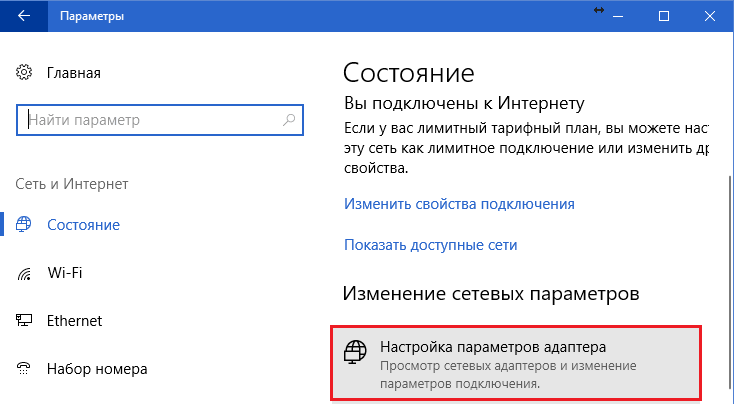
After that, the Incoming Connections component will appear in the network connections folder, which will be the VPN server. To ensure that the connection is not blocked by the firewall, do not forget to open TCP port 1723 on the device. And if the server is assigned a local IP address (starts at 10, 172.16 or 192.168), the port will have to be redirected to the external network. How to do this, read below.
On a client computer (Windows 10), the connection is even easier to set up. Launch the "Settings" utility, go to the "Networks and Internet" -> "VPN" section. Click "Add VPN Connection". 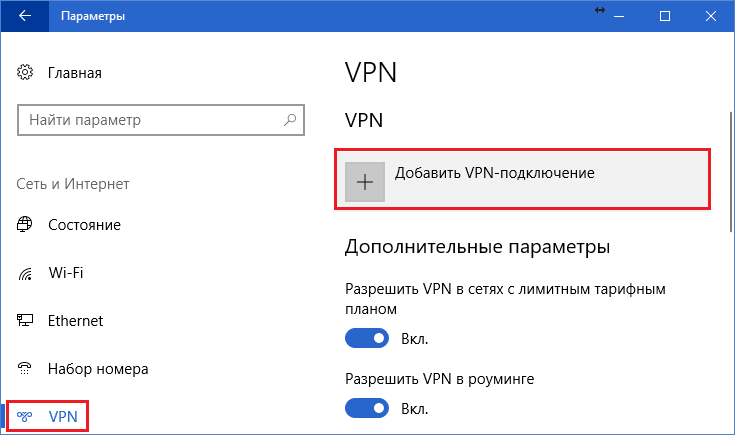
In the options window, specify:
- The service provider is Windows.
- Connection name - any.
- Server name or address - The IP or domain name of the server you created before.
- VPN type - detect automatically or PPTP.
- The type of login data is login and password (one of the accounts that you have given permission to access). In order not to enter these data every time you connect, write them in the appropriate fields below and check the "Remember" box.
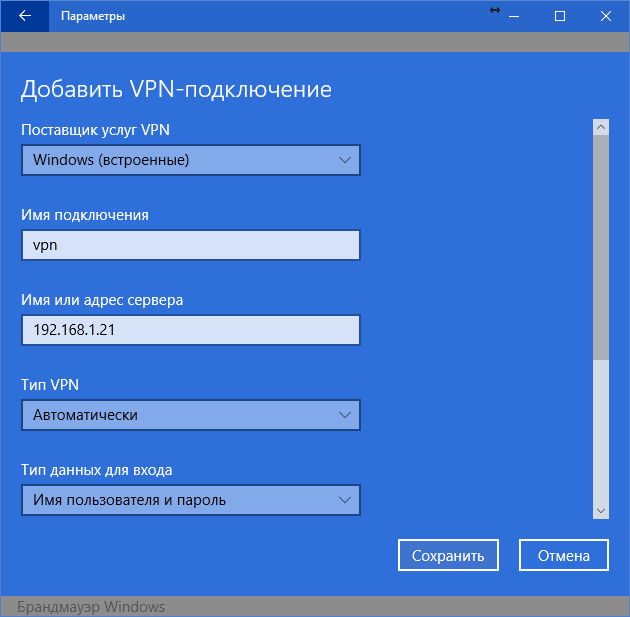 Port forwarding on the router and getting a static IP
Port forwarding on the router and getting a static IP
Forwarding (forwarding) ports on different devices (routers) is performed in its own way, but the general principle is the same everywhere. Let's consider how this is done using the example of a typical TP-Link home router.
Let's open the "Forwarding" and "Virtual servers" section in the admin panel of the router. In the right half of the window, click the "Add" button. 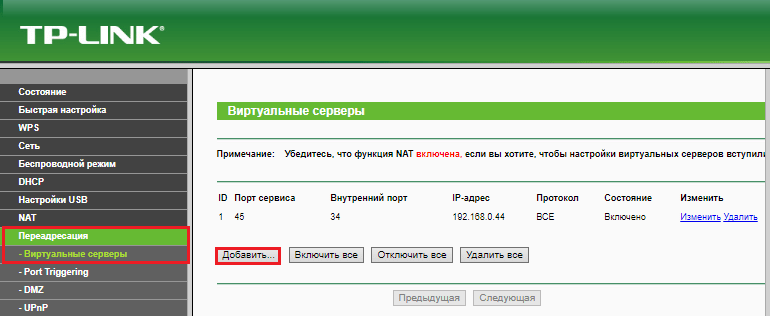
In the Add or Edit Entry window, enter the following settings:
- Service port: 3389 (or 1723 if you are setting up a VPN).
- The internal port is the same.
- IP address: computer address (look in connection properties) or domain name.
- Protocol: TCP or all.
- Standard service port: you can not specify or select from the PDP list, and for VPN - PPTP.
How to make a changeable IP address permanent
The standard package of Internet service providers for home subscribers, as a rule, includes only a dynamic IP address, which is constantly changing. And assigning an unchanged IP to a user usually costs him a round sum. So that you do not have to incur extra costs, there are DDNS (dynamic DNS) services, the task of which is to assign a permanent domain name to a device (computer) with a changing network address.
Many DDNS services provide their services for free, but there are others who charge a small subscription fee for this.
Below is a short list of free DDNS, whose capabilities are more than enough for our task.
The rules for using these services, if they differ, are insignificant: first we go through the registration of an account, then we confirm the email address, and finally we register the domain name of your device and activate it. Your home computer will then have its own Internet name, such as 111pc.ddns.net. This name should be specified in connection settings instead of IP or local network name. 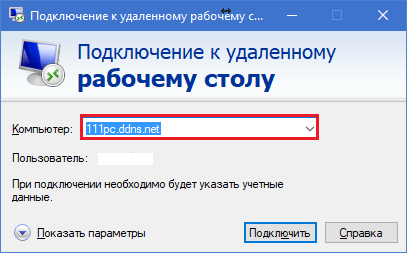
By the way, some routers support only a small group of DDNS providers, for example, only the oldest and most famous DynDNS (now paid) and No IP. And others, such as Asus, have their own DDNS service. Installing an alternative DD-WRT firmware on the router helps to remove restrictions.
Pros and cons of using Windows Remote Desktop
The main advantage of a proprietary Windows tool over third-party developments is the absence of intermediary servers when connecting, which means reducing the risk of data leakage. In addition, this tool has a lot of flexible settings and, with a skillful approach, can become an "impregnable fortress" and a "space rocket".
Other advantages of the Windows desktop are the absence of the need to download something, restrictions on the duration of the session, the number of connections and free.
Disadvantages - difficult to configure for access via the Internet, vulnerability to Pass the Hash attacks.
teamviewer
Before you can start using the service, you will have to register a Google account (Android device users already have one) or log in using it in the Google Chrome browser.
The main window of the "Chrome Desktop" includes 2 sections:
- Remote support. This contains options for managing a one-time connection to another PC and granting access to yours.
- My computers. This section contains machines with which you have previously established a connection and can quickly connect to them using a given pin code.
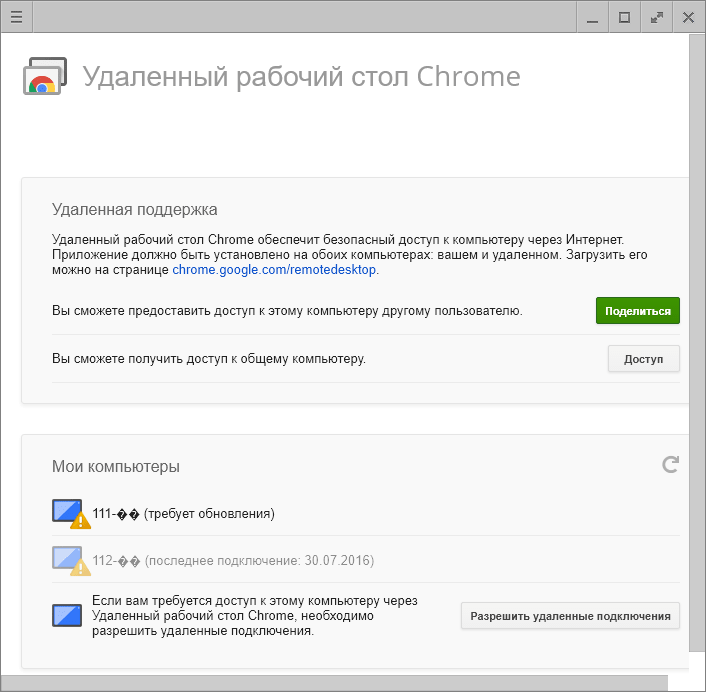
During the first connection session using Chrome Desktop, an additional component (host) will be installed on the remote computer, which will take 2-3 minutes. When everything is ready, a secret code will appear on the screen. After entering it in the appropriate field, click "Connect".
As with TeamViewer, the user of the remote machine will be able to see all your actions on the screen. So for covert surveillance, for example, of a child, these programs are not suitable.
![]()
- a very simple and equally reliable utility designed to remotely control computers under Windows and Linux. Its main advantages are ease of use, reliability, high connection speed and the fact that it does not require installation. The disadvantages are that there are no mobile versions (it will not be possible to establish a connection via Android and iOS using this program) and that many antiviruses consider it malicious and seek to remove it. Fortunately, the latter is easy to prevent by adding the utility to the exceptions.
Ammyy Admin supports 2 ways to establish a connection - by ID-number and by IP-address. The second works only on the local network.
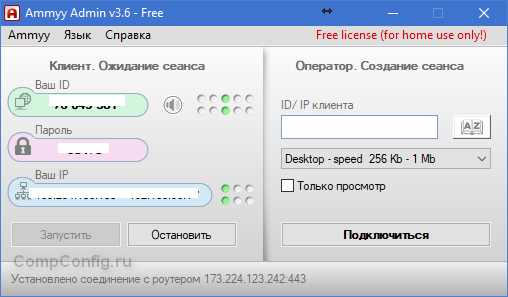
The utility window is divided into 2 halves - "Client", where the computer identification data and password are located, and "Operator" - with fields for entering these data. There is also a connect button.
The contact book and program settings, which are quite simple, are hidden in the Ammyy menu.
- Another compact portable Windows program, similar in appearance to the previous one, but with a more interesting set of functions. Supports 2 connection methods - by ID and IP, and 3 modes - full control, file manager (file transfer) and only viewing the screen of a remote PC.
It also allows you to define several levels of access rights:
- Use of the keyboard and mouse by the remote operator.
- Clipboard synchronization.
- Changing access rights by the administrator, etc.
The "View only" mode can be used to covertly monitor the actions of users of remote machines (children, employees), which is not available in similar products.
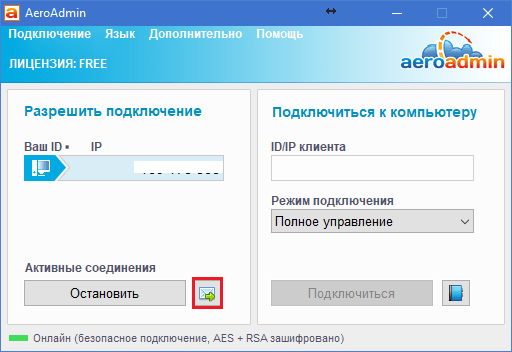
In the main window of AeroAdmin there is a button to open an email chat (located next to the "Stop" button). Chat is designed to quickly send an email to the operator, for example, asking for help. This feature is unique in that similar programs have only a regular chat for text messaging. And it starts working only after the connection is established.
Unfortunately, the AeroAdmin contact book is not immediately available. It requires separate activation - via Facebook. And only members of this social network can use it, since in order to receive an activation code, developers request a link to a personal page. It turns out that those who liked the program cannot do without registering on Facebook.
Another feature of AeroAdmin is the admissibility of free use even for commercial purposes, if you do not need additional features (continuous connection, multiple parallel sessions, etc.) available only in paid versions.
- the last utility in today's review for remotely connecting to a Windows PC from another computer or mobile device. It can be used both without installation and with it. 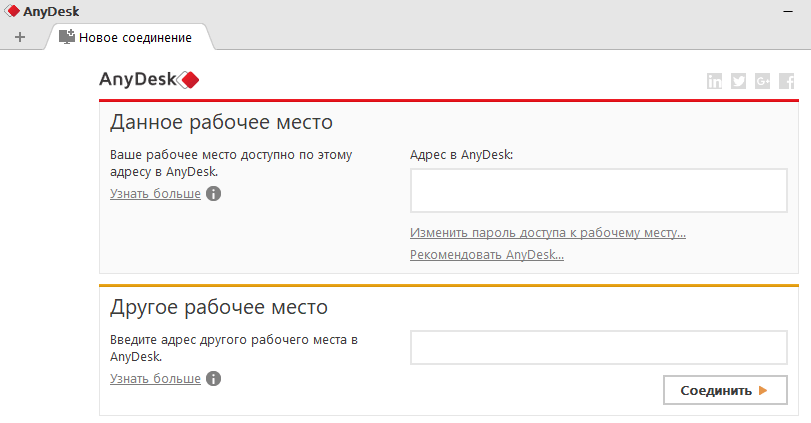
Like its predecessors, it has a number of unique features:
- The highest image transfer rate from a remote machine.
- The fastest file sharing, even at low Internet speeds.
- Support for simultaneous connection of multiple remote users. Ability to work together on one project (each user has their own cursor).
Plus, like other programs of this class, AnyDesk provides the operator with full access to the functions of the remote machine, it is very easy to connect (by ID and password) and reliably protects the transmitted data.






